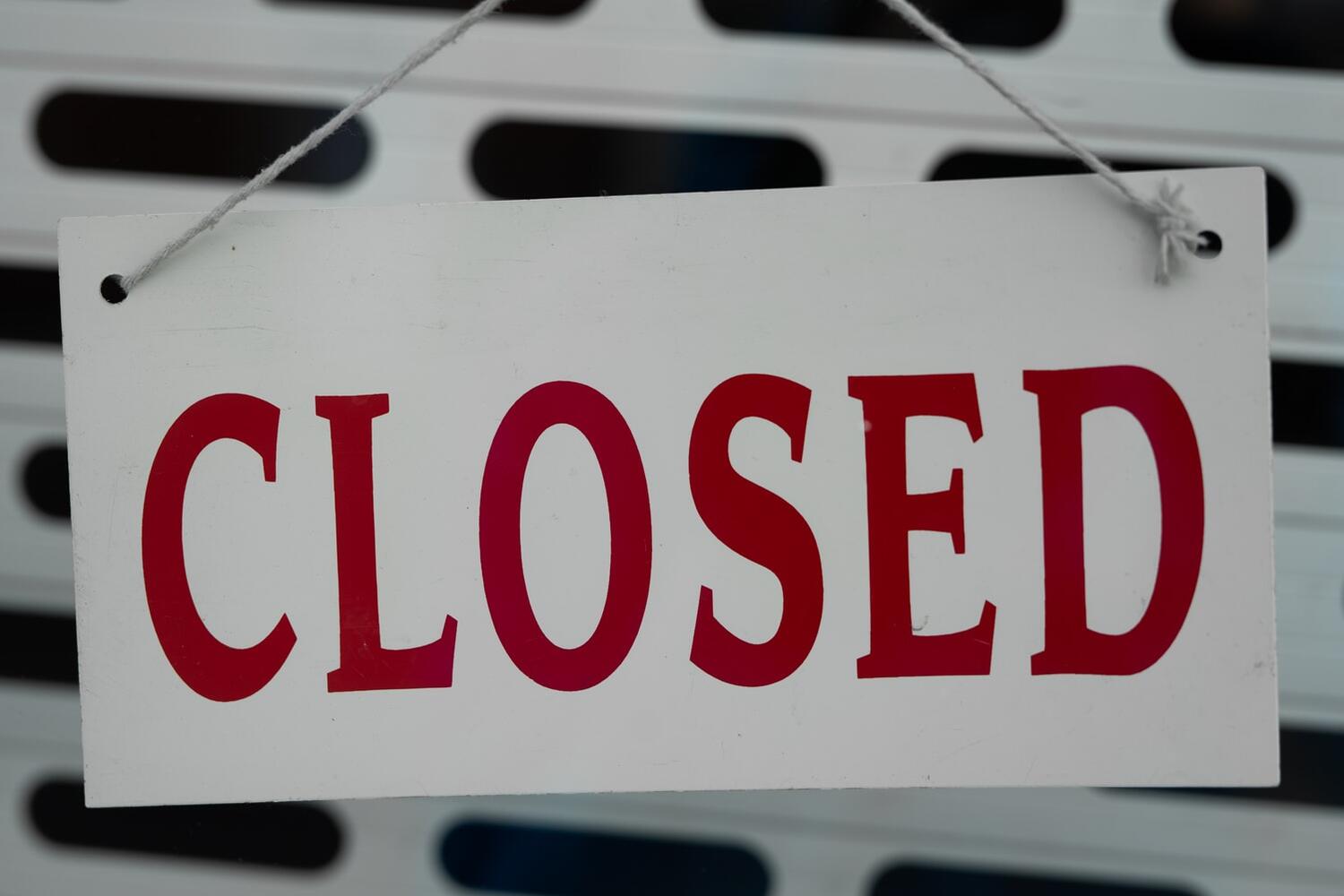
Many workplaces these days have little choice but to lay off workers.
But organizations have many options in terms of how they let people go.
And the way leaders make these decisions is crucial for determining how remaining employees feel about the organization, the stories told about the company, and its success moving through the coronavirus crisis and beyond.
Layoffs and furloughs were central topics at last week’s “Together” discussion, where Great Place To Work® executives continued to share data and insights with our community, as well as invite people like you to share questions and best practices amid the health and economic difficulties we’re all facing.
Don’t undo diversity
Great Place To Work CEO Michael Bush said layoffs often are times when diversity takes a hit. He also pointed to our research into the last recession, which showed that organizations that consistently have a great employee experience for historically marginalized groups dramatically outperformed the overall market.
Leaders who are not mindful of diversity when making job cuts during a downturn risk hindering their company’s innovation velocity.
“We know diversity drives innovation,” Michael said. “Find a way—as some companies are already doing—to make adjustments in the workforce that don’t take you 10 years back, in terms of the composition of your workforce. And instead, advance your efforts in terms of making sure that diversity drives innovation, in addition to simply being equitable and fair.”
Involve others in downsizing strategies
A key strategy for doing downsizing smartly is to involve more people in decision-making. Leaders of Diversity and Inclusion initiatives can help make sure layoffs do not diminish diversity, and generally including a variety of voices in restructuring efforts can improve outcomes.
Tony Bond, Great Place To Work’s Chief Diversity & Innovation Officer, said layoff decisions are like other decisions, where leaders should seek good ideas from throughout the organization. “Let’s get the best thinking into it and innovate together,” Tony said.
Such advice might sound counterintuitive. Isn’t getting a lot of people involved a recipe for chaos, or for turf fights between different divisions trying to save their own skins?
Crowdsource cost-cutting
It doesn’t have to be. Tony noted an example from the 2008 Recession, where medical centers “crowdsourced” how to cut costs, including layoff scenarios. And when layoffs were needed, some of the people appreciated the process so much that they spoke up on behalf of the organization.
To be sure, many organizations today may be able to avoid layoffs or furloughs—temporary leaves of absence for employees. Some companies are thriving, given the particular needs of the COVID-19 pandemic. Think supermarkets, delivery companies and streaming media providers.
And a variety of government aid programs are available to organizations hurting from the economic slowdown caused by widespread “shelter in place.” These include new programs created by the recent federal CARES act, including the Paycheck Protection Program.
Leaders ought to explore these as part of broader efforts to make layoffs a last resort. In fact, it is vital that organizations genuinely do all they can to protect both the lives and livelihoods of their employees, if they want a positive story around any layoffs that may be needed.
Employees and the wider public are watching companies closely to see if leaders do right by their people during this difficult time.
Our research shows there are three top predictors for whether employees feel their organizations would resort to job cuts only as a last resort:
- Care - Demonstrate a genuine concern for your employees and the challenges they may be facing, including the death of loved ones.
- Fair - Avoid politicking, take pains to ensure that restructuring decisions include multiple perspectives, and be mindful of equity issues
- Involvement - Especially during these challenging times, enable people to have a say over decisions that affect their jobs. This includes possible job cuts.
Tony and Michael emphasized the importance of an inclusive process. The best organizations know that any layoffs today must be done right for an organization’s long-term reputation and success.
“We may feel like this needs to be done behind closed doors by a small group of people,” Tony said. “But our research shows that the more people you can get involved during a period like this, the better off you’ll be.”
For our latest advice on managing during — and after — the COVID-19 crisis, join our weekly "Together" discussion and visit our dedicated resource page here.













